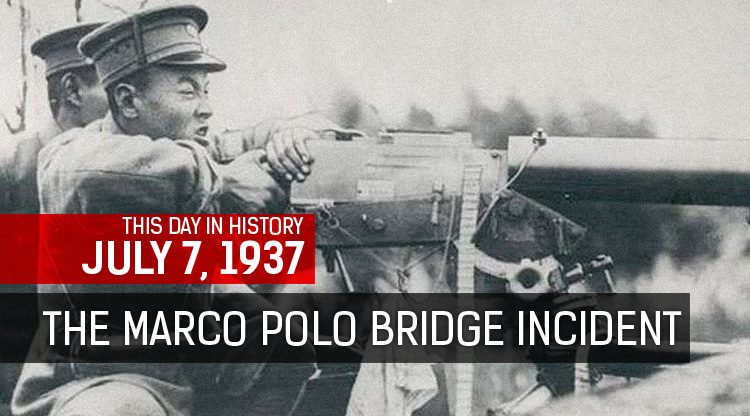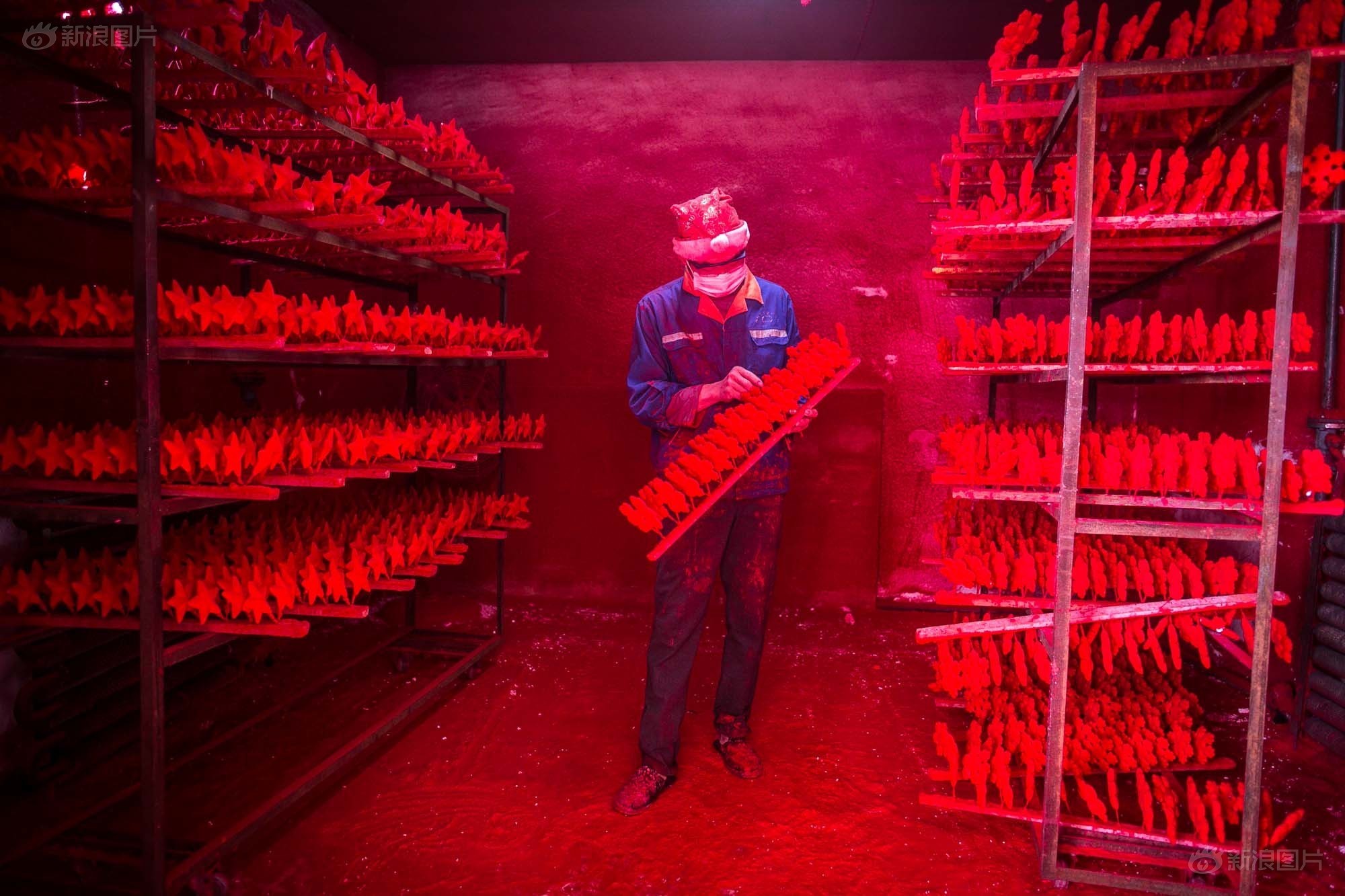There are several things that come to mind when one thinks of Spanish culture: the running of the bulls at Pamplona; pelting people with juicy red tomatoes during La Tomatina; munching through a tableful of tapas; and, perhaps most vividly, the whirl of scarlet-red skirts and bone-penetrating beat that constitute flamenco. A combination of singing, guitar playing, hand clapping and dancing, flamenco’s crackling sensuality and ferocious foot stomps epitomize the archetypal hot-blooded Spaniard.
Documentation of the dance form only began around 200 years ago, leaving much of its origin shrouded in mystery. The unique musical and physical facets are thought to derive from the late 15th and early 16th centuries, around the time the Moors lost their final foothold on the Iberian Peninsula and the Spanish Inquisition was beginning to throw wood on its fires.
Persecution of Jews, Muslims and gypsies was rife, leading these three disparate groups to band together in southernmost Spain, blending their distinct cultural rites with local Andalusian folk practices and creating what would later be formalized as flamenco.
Though it originated in the south, flamenco has since spread throughout Spain, and is recognized as a Masterpiece of the Oral and Intangible Heritage of Humanity by UNESCO. Considering the dangerous, prejudiced times out of which it grew, it is no surprise that flamenco remains one of the most passionate styles of dance.
“Flamenco dancers have to be emotionally an actor,” says Antonio Najarro, director of the Spanish National Ballet (BNE). “A good flamenco dancer has to be an artist, and a real artist is one who can express, who can go inside the heart of the audience.”
One of the foremost proponents of traditional Spanish dance, since Najarro took the helm at the BNE in 2011, it has focused on balancing bold modernization of its repertoire while maintaining historical perspective.
“Every Spanish flamenco dancer, they have to know the basis of Spanish dance,” explains Najarro. “You will never understand the evolution if you don’t understand and don’t know the basis.”
Born in Madrid, Najarro developed his love for flamenco in his family’s hometown of Malaga, where he spent many a vacation soaking in the local culture. “In the holidays, many people, particularly around August, dance in the streets,” he says. “When I was very young, I was in the downtown of the city and I loved it. I loved the people singing, playing guitars, dancing, playing traditional instruments. That’s how, little by little, I started to see what the flamenco world is. And I started to dance.”
At the age of 15, the Spaniard hit the professional stage, dancing under the brilliant Rafael Aguila, an important figure in modern Spanish dance. Later, Najarro joined the BNE for four years as a principal dancer, before starting his own, eponymous troupe in 2002.
It was also during the early noughties that he became involved in choreography for ice dancing, an unusual sideline stemming from a request by the ambitious Marina Anissina and her partner Gwendal Peizerat. “They came to my house and they told me, ‘Antonio, we want a real flamenco program on ice,” recalls Najarro. The fire of flamenco combined with the ice of the skating rink? It seemed like an eccentric proposition, yet the idea intrigued him.
“I said yes, because I’m a choreographer, I love to show in different sport or different art – in painting, in skating, in fashion – that flamenco is more than to dance in a theater.”
Anissina and Peizerat went on to win gold for their program at the 2002 Olympics. Other skaters became interested in working with Najarro, and he’s now a well-known figure in the ice-skating world, having choreographed for several world champions.
These days, however, the 37-year-old is concentrating all his attention on the Spanish National Ballet. Eschewing traditional garb, Najarro has a penchant for clothing his dancers in more figure-hugging outfits, especially the women, who would conventionally wear skirts that balloon out. “I try to fit the costumes so they really show the forms of the girls; to show the backs, to show the legs… and really show what the style and what the figure of the dancers are,” he explains.
“If we put a lot of material and a lot of flowers and many things, finally you are not seeing the most important thing, which is the body of the dancers.”
// The Spanish National Ballet is performing on Oct 11-12, 8pm, RMB80-1,280. Guangzhou Opera House, 1 Zhujiang Xi Lu, Zhujiang New Town, Tianhe District 天河区珠江新城珠江西路1号 (3839 2888)






















0 User Comments